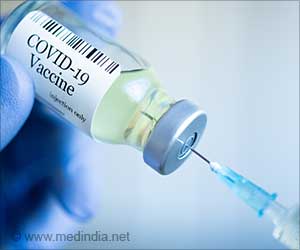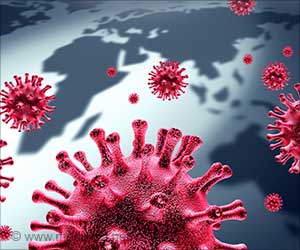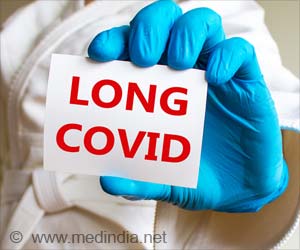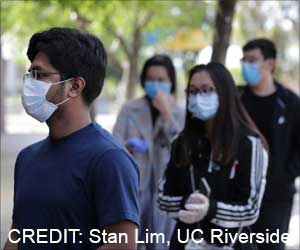Specimens self-collected from the front of the nose are less effective than deep nasal swabs for COVID-19 virus detection. The sensitivity of anterior nasal swab testing can be made effective up to 98% by combining an anterior nasal swab with a swab collected from the back of the throat.

‘The collection process for saliva and anterior nasal specimen is less invasive than the deep nasal, or nasopharyngeal, swab. Both specimen types can be self-collected, reducing the risk of exposure for healthcare workers who collect nasopharyngeal specimens.’
Read More..




Researchers also found that specimens self-collected from the front of the nose are less effective than deep nasal swabs for virus detection. This finding prompted a subsequent study that has not yet been published in which researchers learned they could improve the sensitivity of anterior nasal swab testing to 98% by combining an anterior nasal swab with a swab collected from the back of the throat.Read More..
The results have important implications for patients and providers. The collection process for saliva and anterior nasal specimens is less invasive than the deep nasal, or nasopharyngeal, swab. In addition, both specimen types can be self-collected, reducing the risk of exposure for healthcare workers who collect nasopharyngeal specimens, said Kimberly Hanson, MD, MPH, section chief of clinical microbiology at ARUP and the primary author of the study.
"Saliva and nasal swab self-collection can resolve many of the resource and safety issues involved in SARS-CoV-2 diagnostic testing," Delgado said.
ARUP and U of U Health anticipate being able to start offering testing on saliva in some U of U Health clinical settings in early September. They already are using anterior nasal swabs in combination with throat swabs to test some asymptomatic individuals.
COVID-19 testing on these alternatives to nasopharyngeal swabs will increase with time, Delgado said. "From the start of the COVID-19 pandemic, ARUP has worked to build capacity for high-quality COVID-19 testing," he said. "Our goal is to make this testing available to hospitals and healthcare systems nationwide."
Advertisement
The study showed that SARS-CoV-2 was detected in at least two specimen types in 90% of the patients who tested positive for the virus.
Advertisement
The research is an example of how ARUP and U of U Health continue to explore new methods to serve patients and the community as well as keep healthcare workers safe, said Richard Orlandi, MD, chief medical officer for ambulatory health at U of U Health. "We appreciate the researchers at ARUP, as well as the staff and patients at our Redwood testing center who have participated in this discovery," he said. "This exciting advance reflects ARUP's and U of U Health's innovative spirit and the benefits of our partnership."
Source-Eurekalert














